We are writing a tool in Java that parses and transforms ABAP code. We therefore have no intention to write new ABAP code but our tool has to handle all of ABAP, even obsolete statements. Furthermore, I'm not an ABAP expert.
One object we see uses a macro begin_of_block that is defined in object RFDBRMAC. That include is loaded in case the logical database BRF is used; using another logical database as well as no logical database at all will not load it. But neither its corresponding object SAPDBBRF nor its includes mention RFDBRMAC. In particular, none of the former include the latter.
How does assigning the logical database BRF to a program makes it include RFDBRMAC?
Demo program using logical database BRF. The macro is known

Demo program using a different logical database. The macro is unknown

